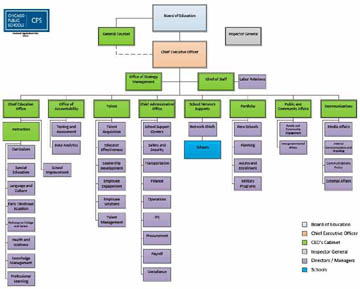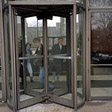Just before Christmas of 2014, the city of Chicago released a report on police misconduct−how to prevent it, that is.
The report was prepared by the law firm Schiff Hardin and the management consulting firm A.T. Kearney, both based in Chicago.
Although the firms say they provided the report at no cost, the city has paid Schiff Hardin (also known as Schiff Hardin & Waite) about $1.2 million for various services since 2010. Schiff Hardin has helped defend the city against lawsuits brought by citizens who have claimed police misconduct.
To head off misconduct, the Schiff Hardin report recommends that Chicago Police Department:
- Adopt discipline guidelines, where few or none exist today.
- Fire any officer engaging in a “code of silence.”
- Include training as a discipline option.
- Make supervisors more directly responsible for officer conduct.
- Look into officer-worn cameras.
To handle misconduct after it happens, the report's authors say that:
- Misconduct investigations should wrap up within two years.
- Various investigative bodies should use the same case management system.
- Investigators should have a community advisory board (which, the authors later say, has already been created).
- To get accused officers to cooperate with investigations, investigators should "plea bargain" with them.
- The city should increase the number of investigators.
- Officers should have less opportunity to appeal discipline decisions to the police board.
In response, officers blasted the report via the termagant Second City Cop blog. Blog posters said that:
- The annual number of citizen complaints has decreased, so why boost the number of investigators−especially when detectives and evidence technicians are in short supply?
- The report's authors are a "bunch of assholes" for proposing to restrict the number of "false accusers" that are referred for prosecution. Noting that a false accuser can be charged with a felony, a blogger calls this idea "fucking brilliant."
- Though former top cop Jody Weiss's policy was to "fuck [officers] every chance you get," officers credit Weiss with fighting citizen lawsuits in court to cut down on frivolous complaints. According to the blog, the Emanuel administration has done a complete 180: it's gone back to settling lawsuits. It did this "in order to enrich connected [law] firms," which the city often hires to defend accused officers.
- The department can cut down on misconduct-related lawsuits by firing "untouchable" clouted cops who "cost millions" in legal fees. Examples of these "clout babies," says the blog, can be found in daily headlines: "sergeants raping women . . . sergeants firing guns at suburban cops . . . detectives shoplifting . . . commanders sticking guns in people's mouths...things like that."



 Interview with the Chicago Reader's Ben Joravsky on what Mick Dumke brought to the Reader and Joravsky's articles, and more.
Interview with the Chicago Reader's Ben Joravsky on what Mick Dumke brought to the Reader and Joravsky's articles, and more. Interview with the Chicago Reader's Ben Joravsky on the firing of chief editor Alison True.
Interview with the Chicago Reader's Ben Joravsky on the firing of chief editor Alison True.